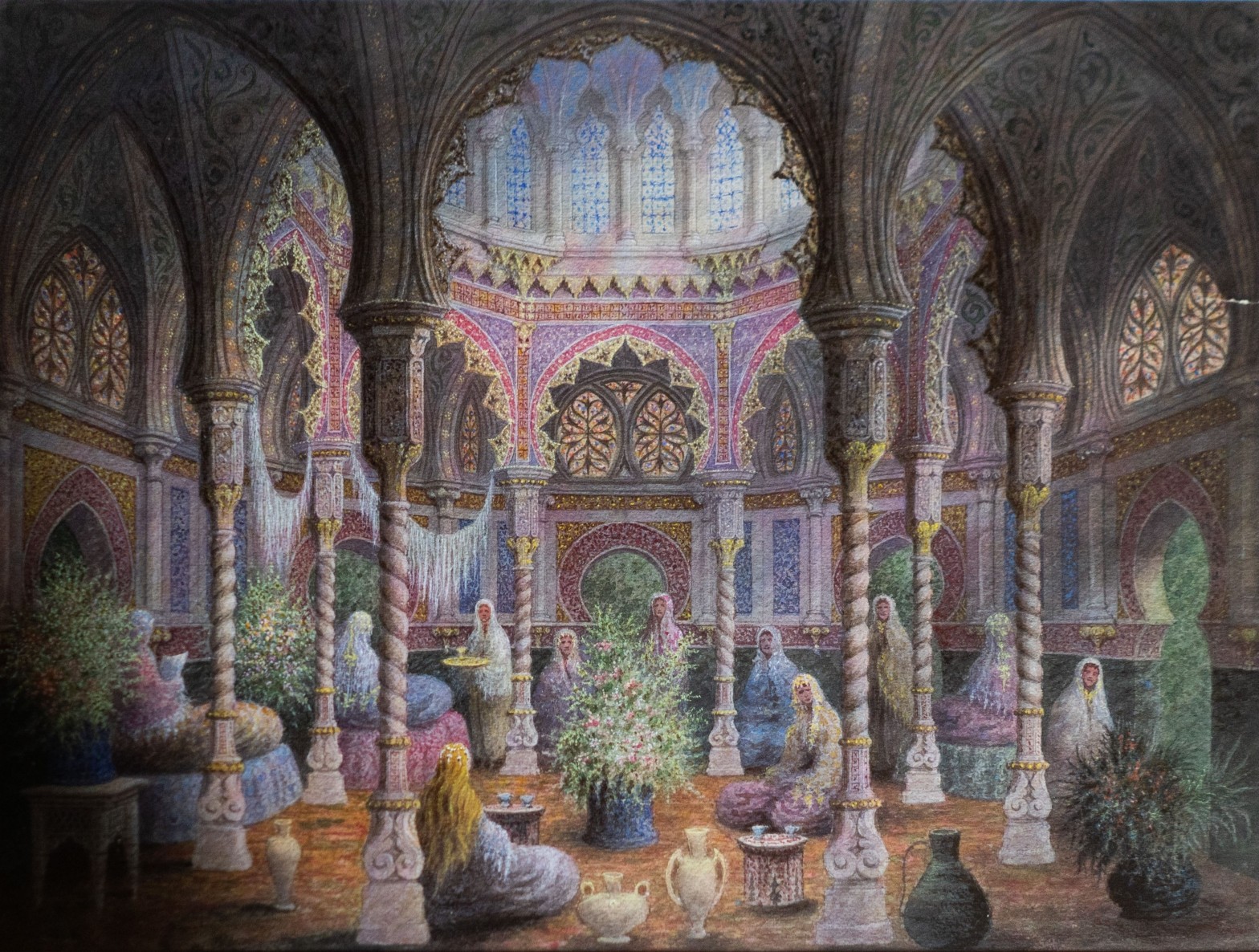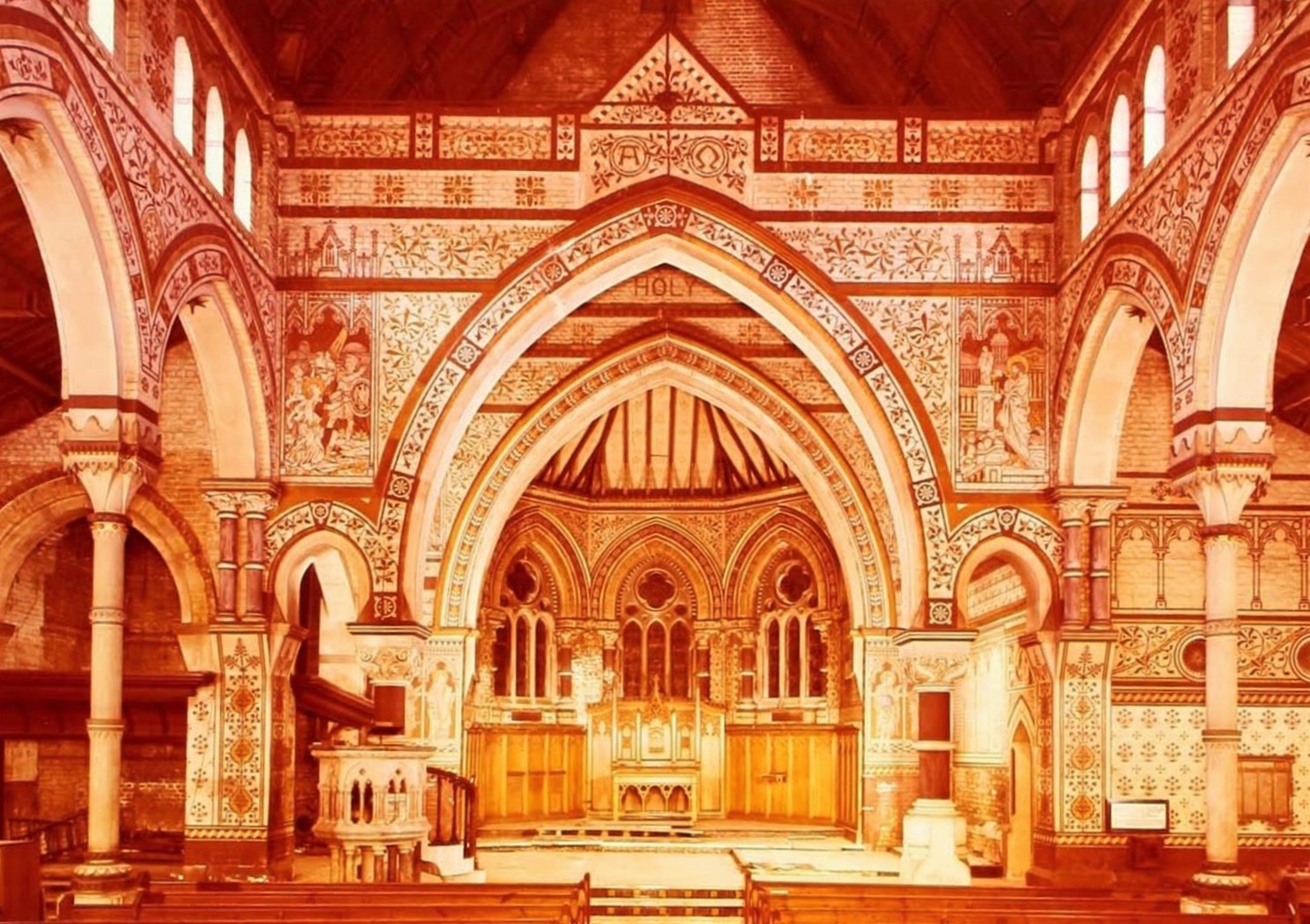The internet has changed the process of writing architectural history beyond all recognition. Information that just twenty years ago would have required lengthy and arduous research to track down can now be obtained with a few clicks. The amount of material which has been digitalised and placed within the public domain is truly staggering. ItContinue reading “The phantasmagorical Mr Croft”
Category Archives: Nonconformist architecture
From the picturesque to the sublime: Henry Darbishire and the architecture of philanthropy
The name of the architect may not stick in the memory; his greatest work most certainly will. Like many people, I learned about the Columbia Market in Bethnal Green and its tragic fate thanks to Hermione Hobhouse’s Lost London. Somewhere in my mid-teens, I discovered the book in the reference room of Kingston-upon-Thames public libraryContinue reading “From the picturesque to the sublime: Henry Darbishire and the architecture of philanthropy”
Architect of a lost London: Thomas Edward Knightley (1823-1905)
To a greater or lesser degree, lasting success in any profession comes down to luck and architecture is no exception. Success has to be measured not only in terms of what an architect gets to build in his or her lifetime, but also of the subsequent fate of these achievements. Many posthumous reputations which deservedContinue reading “Architect of a lost London: Thomas Edward Knightley (1823-1905)”
Joseph Clarke (1819/20-1888): an unexpectedly deft safe pair of hands
Today’s post forms something of a pendant to the preceding post on Henry Woodyer, not least because it takes in the remarkable church of SS Peter and Paul in Foxearth, Essex. It deals with an architect who, like Woodyer, was active chiefly in the Home Counties. Again like Woodyer, he specialised in ecclesiastical work –Continue reading “Joseph Clarke (1819/20-1888): an unexpectedly deft safe pair of hands”
The Gothic horrors of a Victorian worthy – Charles Buxton and Foxwarren
The roots of the Gothic Revival extend as far into literature as they do into archaeology. The endeavours of one of its key progenitors, Horace Walpole (1717-1797), to recreate the Middle Ages in brick, wood, plaster and stone through his remodelling of Strawberry Hill were inextricably bound up with his evocations of the Middle AgesContinue reading “The Gothic horrors of a Victorian worthy – Charles Buxton and Foxwarren”
Technicolour Roguery: the rise and fall of Bassett Keeling
The 19th century was the age of Romanticism. Though its influence was felt in all the arts, many of the impulses driving the Romantic movement were literary in origin and one of their purest expressions is in the archetype of the Romantic hero – fated to be an outcast from society by incomprehension of hisContinue reading “Technicolour Roguery: the rise and fall of Bassett Keeling”
Welsh Baroque – Nonconformist swagger in Llanidloes
I was introduced to Ian Nairn by my father, who was a great admirer, owned a copy of Nairn’s London and got me watching the mini-series of his programmes repeated in 1990 with introductions by a very fresh-faced Jonathan Meades. Over the years, my attitude towards him has changed from initial incomprehension in my teensContinue reading “Welsh Baroque – Nonconformist swagger in Llanidloes”






